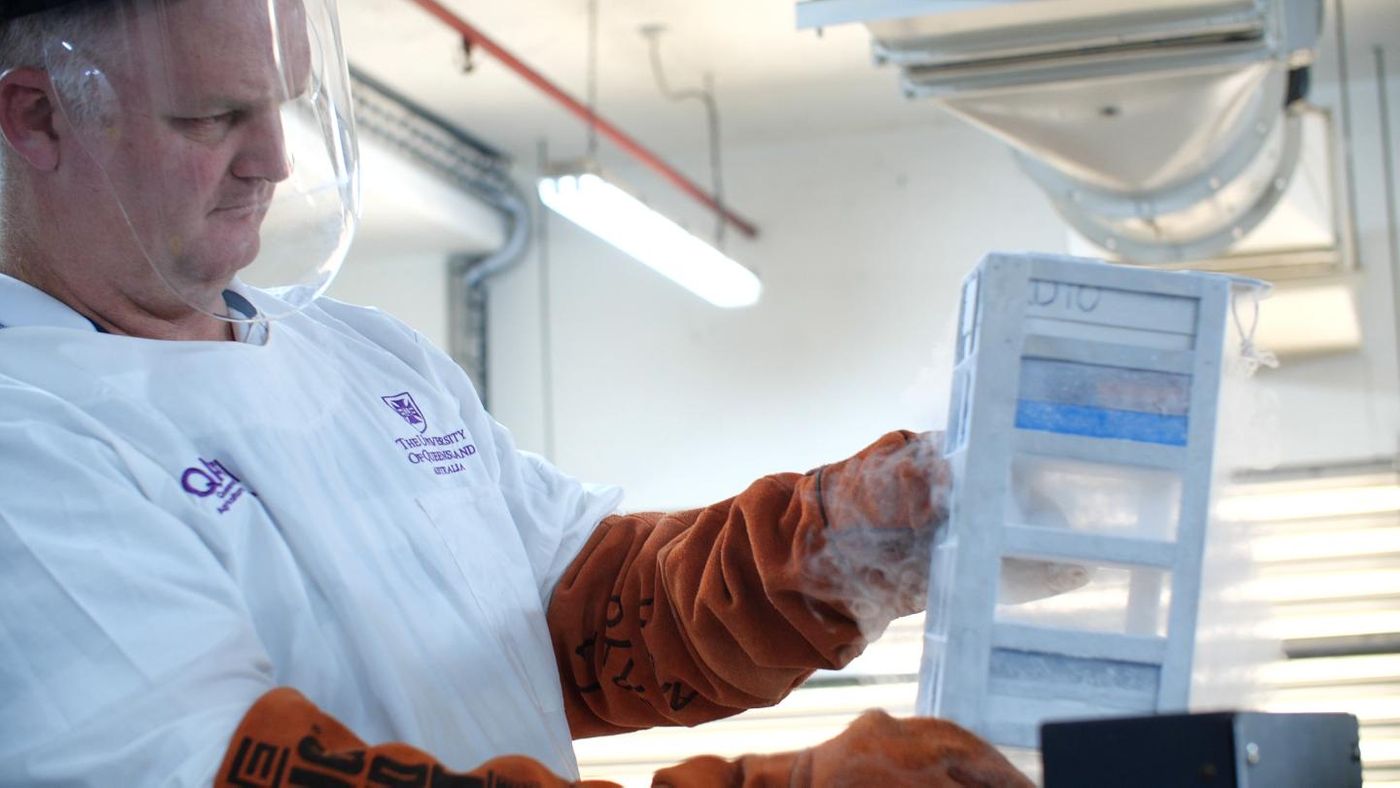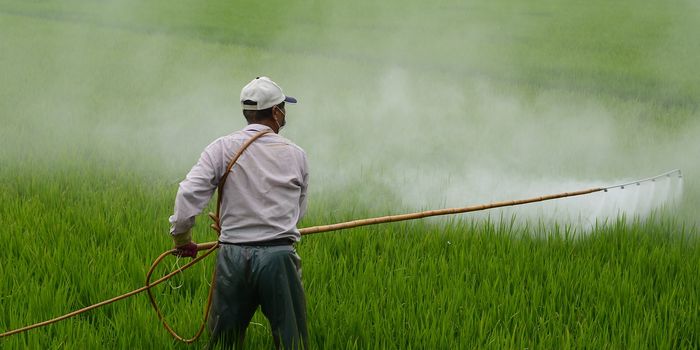Preserving the Avocado
Rest easy, chips-and-dip lovers, the world's guacamole supply has been secured for future generations. Scientists have been able to successfully preserve the tips of avocado shoots; they put the tips in deep-freeze, called cryopreservation, and then revived them into healthily growing plants. The work, which comes after decades of research, has been reported in Plant Cell, Tissue and Organ Research.
"The aim is to preserve important avocado cultivars and key genetic traits from possible destruction by threats like bushfires, pests, and disease such as laurel wilt - a fungus which has the capacity to wipe out all the avocado germplasm in Florida," said University of Queensland (UQ) graduate student Chris O'Brien. He created the first important steps of the avocado cryopreservation protocol.
"Liquid nitrogen does not require any electricity to maintain its temperature, so by successfully [freezing] avocado germplasm, it's an effective way of preserving clonal plant material for an indefinite period."
Cryopreservation is often used to preserve samples and cells. The samples are usually suspended in a media and placed in special tubes (cryotubes) that can withstand the cold, then suspended in liquid nitrogen, which is around minus 196 degrees Celsius. Other plants like bananas, grape vines, and apples have been successfully cryopreserved. O'Brien and an international team of colleagues worked to perfect the process for avocados.
Tissue propagation techniques led to technology in which a single shoot tip can give rise to 500 plants that are true to type. The shoot tips are placed onto foil strips so they can be cooled and rewarmed very quickly, and these foil strips are put into the cryotubes that sit in liquid nitrogen.
"At first I was just recovering brown mush after freezing the avocado tips," noted O'Brien. "There was no protocol so I experimented with priming the tips with Vitamin C, and used other pre-treatments like sucrose and cold temperature to prepare the cells - it was a question of trial and error to get the optimal mixture and correct time points."
Once placed in a Petri dish with a sucrose solution, the frozen shoot types can be easily rehydrated and revived.
"It takes about 20 minutes to recover them," O'Brien said. "In about two months they have new leaves and are ready for rooting before beginning a life in the orchard."
About 80 percent of frozen Reed avocado plants and 60 percent of Velvick cultivar were revived successfully. Eighty of these avocado plants continue to grow in a UQ glasshouse, where they will be monitored for flooring times and fruit quality.
"I suppose you could say they are space-age avocados - ready to be cryo-frozen and shipped to Mars when human flight becomes possible," said Mitter. "But it is really about protecting the world's avocado supplies here on earth and ensuring we meet the demand of current and future generations for their smashed 'avo' on toast."
Sources: AAAS/Eurekalert! via University of Queensland; Plant Cell, Tissue and Organ Culture









